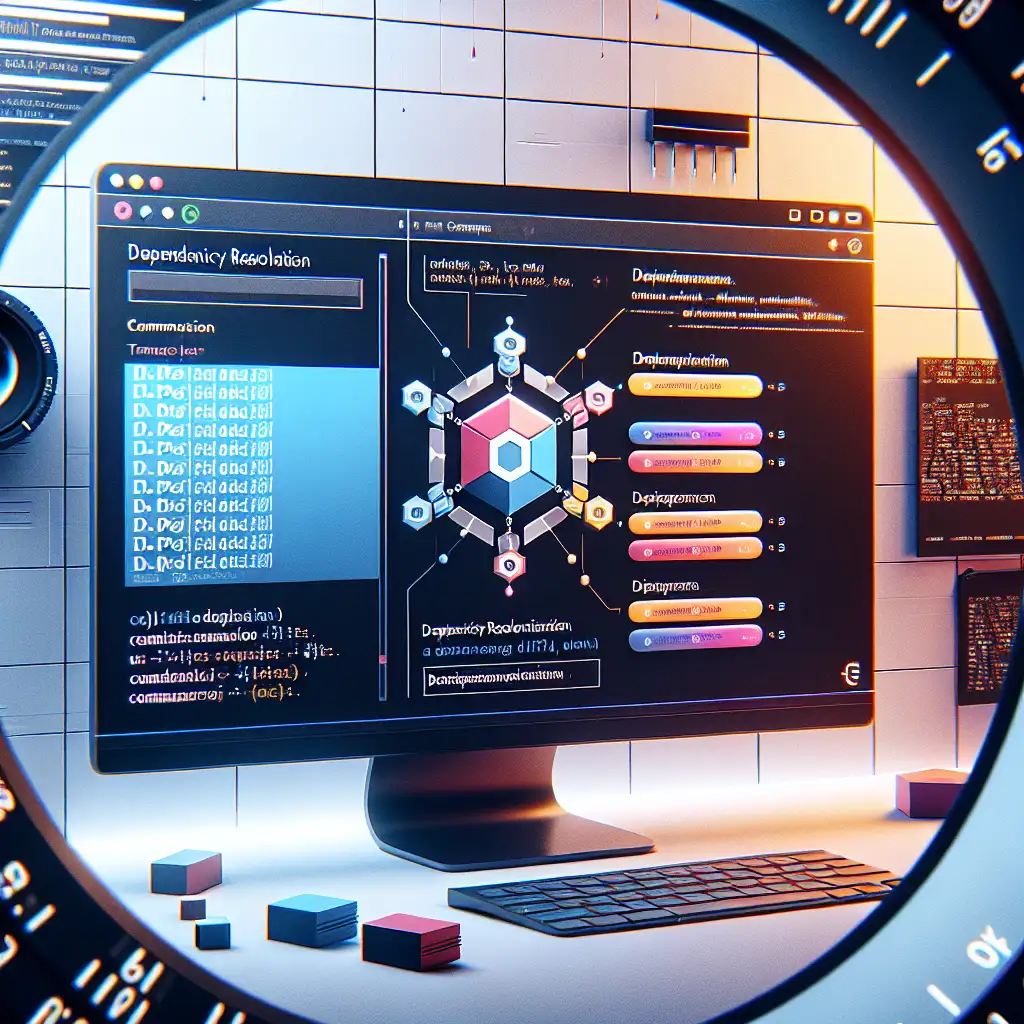Mastering Debian Package Installation: From .deb Files to Advanced Dependency Handling
Installing software on Debian-based systems is mostly straightforward, but as many sysadmins and power users know, relying on a single installation command can lead to frustrating dependency issues, broken packages, or security risks. Whether you’re a beginner or looking to deepen your control over Debian package management, understanding how to handle .deb files properly and manage dependencies is crucial to maintaining a robust and efficient system.
Forget the one-size-fits-all installation command—uncover the nuanced methods behind Debian package installation that savvy sysadmins use to avoid common pitfalls and optimize their system setups.
Why Proper Debian Package Installation Matters
Debian packages (.deb files) are the backbone of software distribution on Debian and its derivatives like Ubuntu, Linux Mint, or Pop!_OS. Installing these packages correctly ensures:
- System stability: Prevent conflicting libraries or broken packages
- Security: Avoid installing outdated or tampered files
- Optimal performance: Use package managers that resolve dependencies properly
- Ease of maintenance: Enable smooth upgrades and removals later on
Understanding the Basics: What Is a .deb File?
A .deb file is a Debian software package archive containing binaries, metadata, and scripts needed to install software and register it with the system's package manager (dpkg and apt).
Common ways to install a .deb package:
- Using
dpkg - Using
aptorapt-get(with local file support) - Using graphical interfaces or third-party tools (e.g., GDebi)
How to Install a .deb Package Properly
Method 1: Using dpkg Directly
sudo dpkg -i package_name.deb
This command installs the .deb file immediately but does not resolve dependencies automatically. If dependencies are missing, you’ll see errors like:
dpkg: error processing package package_name (--install):
dependency xyz is not installed
To fix the missing dependencies after using dpkg:
sudo apt-get install -f
The install -f (fix-broken) option tells apt to correct the dependency issues.
Example:
sudo dpkg -i google-chrome-stable_current_amd64.deb
sudo apt-get install -f
Method 2: Using apt to Install Locally
Newer versions of apt (as opposed to apt-get) support installing local .deb files and resolving dependencies in one step.
sudo apt install ./package_name.deb
Note the ./ which indicates a local file.
This method is preferred over dpkg -i because it instructs apt to:
- Install the
.deb - Automatically download and install any missing dependencies
Example:
sudo apt install ./zoom_amd64.deb
This is the easiest and safest way in most cases.
Advanced Dependency Handling: Tips for Sysadmins
1. Avoid Dependency Hell by Using Repositories
If the package is available in a trusted PPA or official repository, prefer apt/apt-get installs over downloading .deb files manually. This way, updates and dependencies are managed cleanly.
sudo add-apt-repository ppa:some/ppa
sudo apt update
sudo apt install package_name
2. Inspect .deb Contents Before Installing
Use dpkg-deb to look inside the package:
dpkg-deb -c package_name.deb
Or check metadata:
dpkg-deb -I package_name.deb
This can help verify the package before installation.
3. Create a Local Repository for Multiple Packages
When deploying to many machines, avoid hassle by creating a local .deb repo, which apt can index:
dpkg-scanpackages . /dev/null | gzip -9c > Packages.gz
Then point your systems to this repo with an entry in /etc/apt/sources.list.
4. Use gdebi for a GUI Alternative
gdebi is a lightweight tool that installs .deb files and handles dependencies automatically:
sudo apt install gdebi-core
sudo gdebi package_name.deb
Removing and Purging Packages
Proper cleanup is important to prevent configuration conflicts.
- To remove the package but keep config files:
sudo apt remove package_name
- To remove package and config files:
sudo apt purge package_name
- Clean auto-installed packages no longer needed:
sudo apt autoremove
Summary: Best Practices for Debian Package Installation
| Scenario | Recommended Method | Notes |
|---|---|---|
Install a .deb file and want automatic dependency resolution | sudo apt install ./package_name.deb | Simple, reliable |
| Just want to extract or inspect content | dpkg-deb -c and dpkg-deb -I | Safe pre-check |
| Fix broken dependencies after failed install | sudo apt-get install -f | Essential cleanup |
| Install from trusted repositories | sudo apt install package_name | Best for updates, security |
| Multiple systems deployment | Setup local repository | Scalable |
| GUI installation | gdebi | Easy for desktop users |
Final Thoughts
Mastering Debian package installation isn’t just about running dpkg -i once and hoping for the best. Taking control over dependency management, understanding what’s inside .deb files, and knowing which tools to leverage can save hours of troubleshooting and keep your system stable and secure.
The next time you encounter a .deb file, skip the reflexive dpkg -i and opt for a method that fits your system and goals—your Debian system will thank you.
Happy package installing! If you found this guide useful, consider sharing or leaving a comment with your own tips and experiences.
